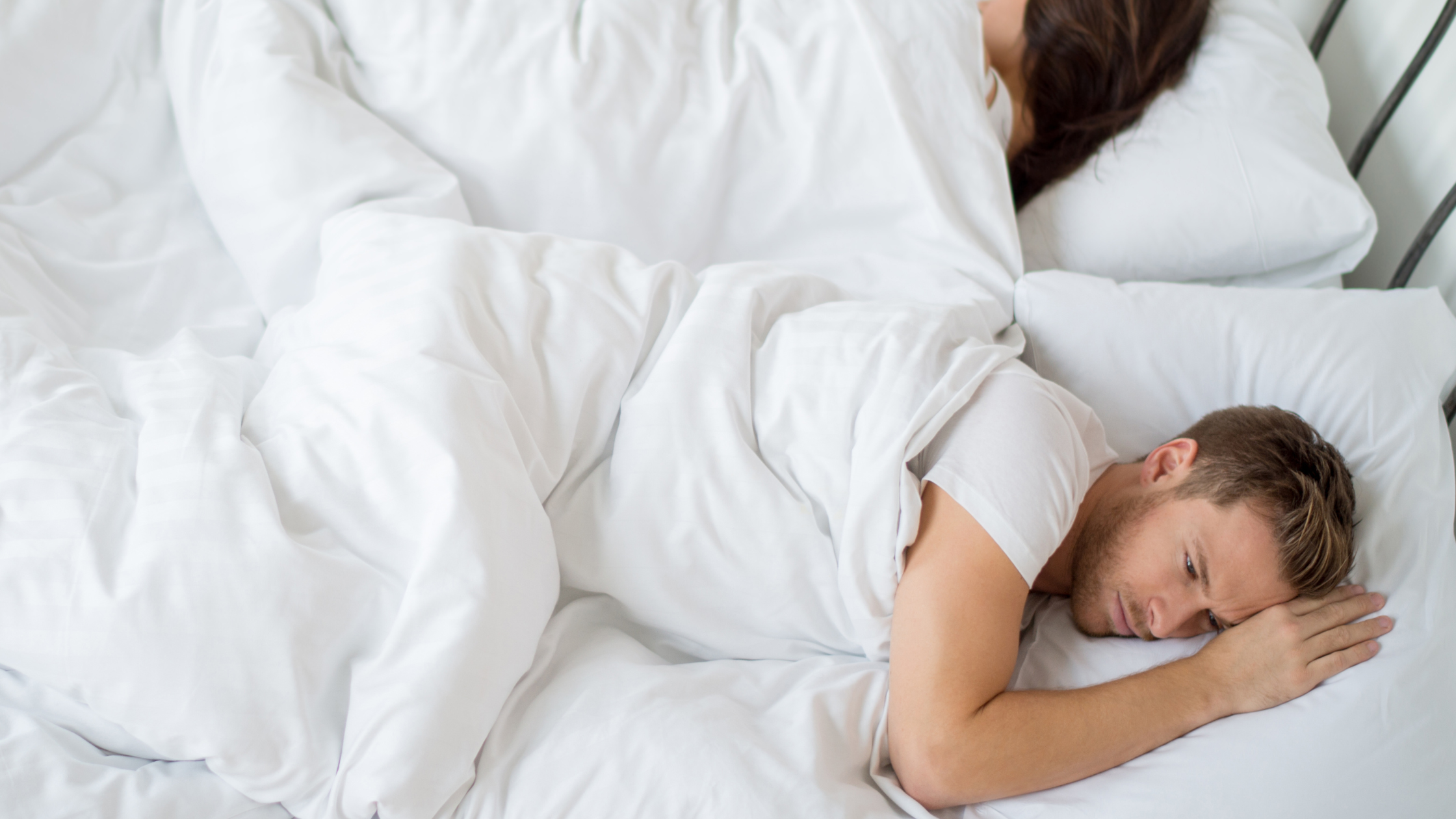
Not being able to sleep is frustrating. But going to sleep takes more than just laying down in bed, sometimes. There are daily behaviors that can improve your sleep, along with tips and tricks to help you drift into a slumber if you are struggling. Continue reading to learn more about healthy behaviors that are great for helping adults sleep.
1. Rock Yourself To Sleep
A recent study on sleep and rocking found that rocking is beneficial. In this study, 18 adults were measured using electrodes while sleeping in beds that rocked gently. They found that adults slept better, deeper, and longer when they were in the rocking bed. Rocking before bed may help the onset of sleep, such as in a rocking chair or certain yoga exercises that involve rocking.
2. Adopt a Bedtime
Bed times aren’t just for children. Having a consistent bedtime that you rigorously follow is extremely important for setting your biological clock. Even on the weekends, it's important to try to stick to your bedtime as closely as possible so you can maintain good rest during the workweek.
Of course, having a bedtime is easier said than done. Some of the hardest parts about sticking to a bed time are:
- Having children, who don’t always cooperate with your plans
- Having laptops and screens whose blue light suppresses the release of melatonin
- Using applications (social media, YouTube, etc.) that have extensive functionality designed to keep you using the app
- Weekends, where you want to have fun and do things
- Traveling, which makes it hard to keep any kind of schedule
Obviously, there will be interruptions in setting your bedtime, but staying diligent with it as much as is reasonably possible can do wonders for sleeping.
3. Do the Same Exact Activity Every Night Right Before Bed
You can condition yourself and body to get ready for bed, similar to the famous Pavlov experiment with dogs and saliva. By doing the same thing every single night before bed, you can cue your brain to begin producing various hormones and physiologic changes that induce sleep.
If you already have a bedtime routine, then that is great. This is similar, except, it requires doing the exact same activities leading up to bed to condition your brain and body to prepare for sleep. Examples of a list of activities include:
- Listening to a specific song
- Doing a specific, calming activity
- Smelling a particular smell, such as lighting a candle or using an essential oil
Whatever this routine is, just make sure it is sleep-inducing and calming. It's also important to make sure it's easy to follow and something you can do every night.
4. Breathing Exercises That are Extremely Effective

There is a yogic breathing exercise that is great for sleep. It’s called the 4-7-8 breathing technique:
- Close your eyes and lie on your back in bed
- Place the tip of your tongue on the roof of your mouth, just above your teeth, and keep it there for the remainder of the exercise
- Forcefully exhale completely through your mouth by pushing the air out with your belly
- Close your mouth and inhale slowly and quietly through your nose for four seconds (slow seconds!)
- Hold your breath and count to seven
- Exhale completely through you mouth for eight seconds, making a “whoosh” sound at you exhale
- Deep inhale through your nose, and repeat steps 3-7 THREE times, remembering to only inhale through your nose and exhale through your mouth
This breathing technique works because oxygen relaxes the parasympathetic nervous system, the opposite of the fight or flight system, and promotes relaxation.
5. Sleep in a Cooler Room
Our bodies prepare us for sleep in response to two things:
- Changes in light (from light to dark)
- Cooling of temperatures at the onset of nighttime
Biologically, our bodies are designed to sleep at the night when it is cold. Keeping a cooler room at night tells our bodies that it’s night time and time for sleep. Colder rooms cue our bodies to produce melatonin, which helps us fall and stay asleep. Furthermore, if you are in a hot room, you are more likely to wake up multiple times throughout the night.
A “cooler” room is a temperature that is a bit lower than what you would normally keep your room at. For example, a temperature between 60-68 degrees, is reasonable.
6. Take a Hot Bath Before Bed
Like sleeping in a cooler room, taking a hot bath before bed simulates the same “cooling” effect that tricks your body into producing melatonin.
Why does taking a hot bath do this? Because after you get out of a hot bath, your core temperature experiences a drop – the same kind of drop your temperature would experience if you were outside during the transition from day to night.
Taking a hot bath right before bedtime will cue your body to start producing melatonin.
What if You Still Can’t Sleep?
If you have tried these tricks and everything else, there may be deeper underlying issues that are causing you to not sleep properly, such as:
- Insomnia
- Circadian rhythm disorders
- Restless leg syndrome
If you live in Alaska and still can’t sleep, click the orange button below to take a free online sleep test and get in touch with our sleep specialists.

